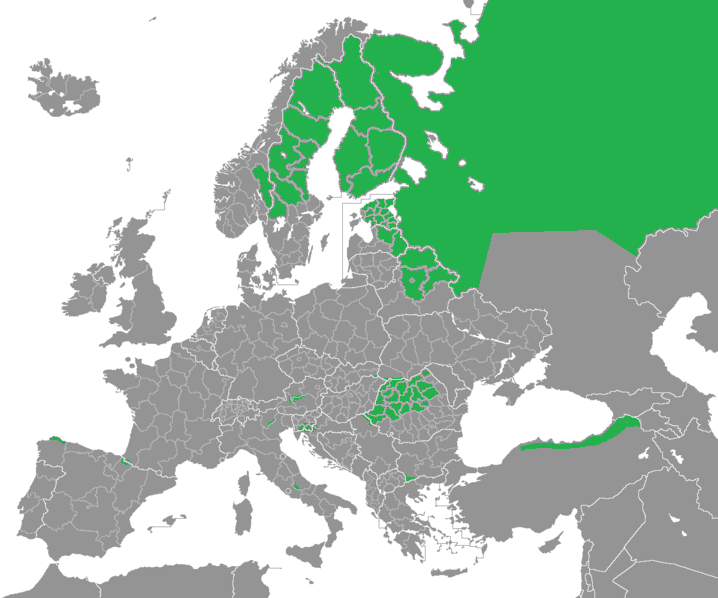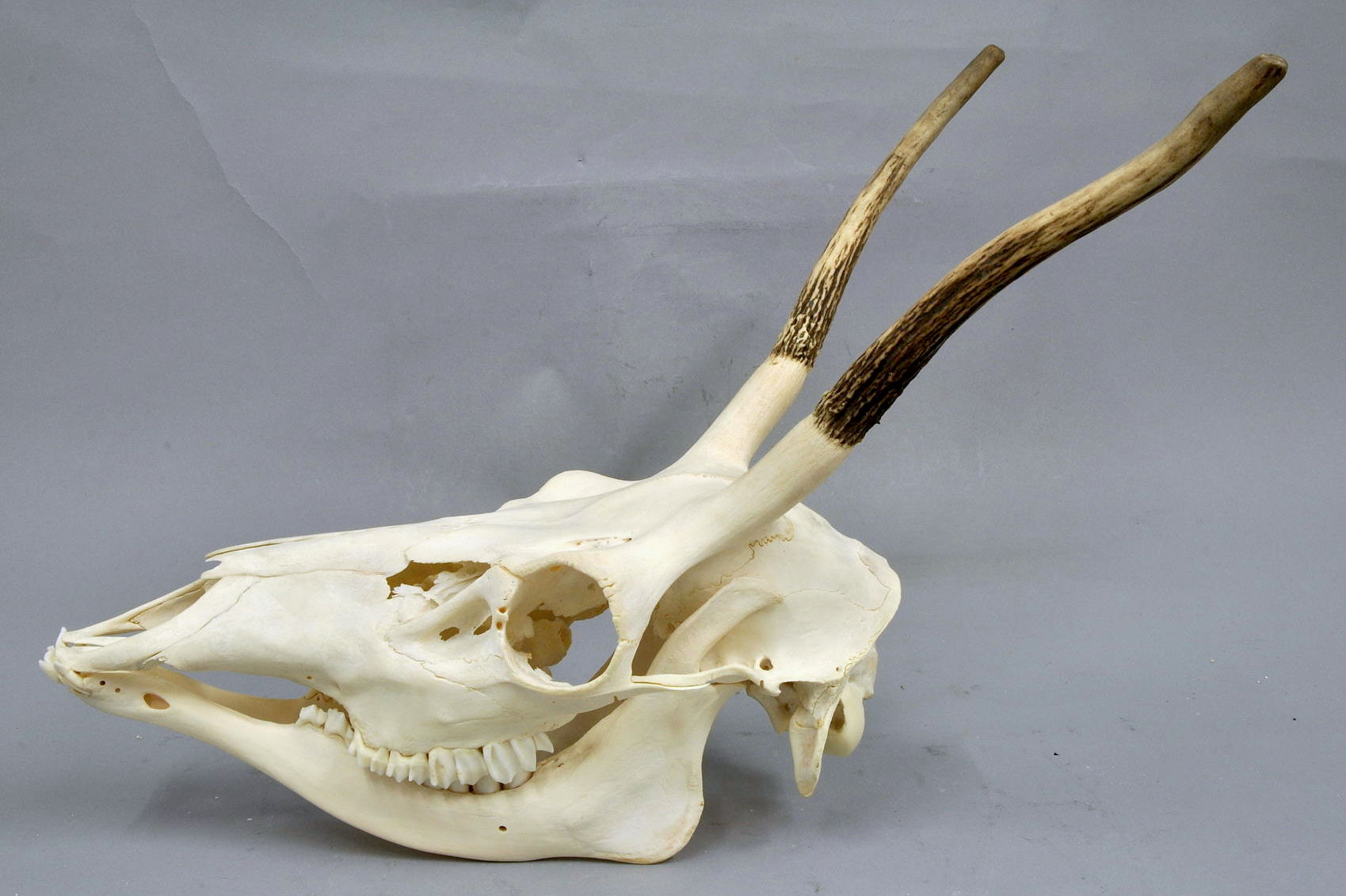|
Mocăniță
A Mocăniță () is a narrow-gauge railway in Romania, most notably in Maramureș, Transylvania, and Bukovina. Archetypically, they are situated in mountainous areas and the locomotives operating on them (which themselves can also be referred to as ''mocăniță''s) are steam-powered. These railways were built for cargo and passenger services – some in the era of the Austria-Hungary, Austro-Hungarian Empire, before 1918 – but fell into disrepair over the years. Some are now being rehabilitated for Heritage railway, the purposes of tourism. Etymology The word ''mocăniță'' is a term of endearment, derived from the Romanian language, Romanian word ''Mocani, mocan'', meaning ''shepherd'' or ''one who lives in the mountains'', and suffixed as feminine and diminutive in keeping with the tradition of naming conveyances and indicating small size. It's also been suggested that it means "coffee machine", as one of the little locomotives is reminiscent of one of these in action. Vaser ... [...More Info...] [...Related Items...] OR: [Wikipedia] [Google] [Baidu] |
Vișeu De Sus
Vișeu de Sus (; ; ; ; or ''Ober Wisho'' or ''Ojberwischo'') is a town in Maramureș County, Maramureș, Romania, located at the confluence of the rivers Vișeu and Vaser. It administers one village, Vișeu de Mijloc (''Középvisó''). The town has an area of and a population of 15,349 as of 2021. It is best known for the Mocăniță. Demographics According to the 2011 Romanian census, 2011 census, the total population of the town was 15,037. The town is situated in a hilly area and therefore most of the people live in the valleys with their settlements as follows: * Țipțerai and Valea Poieniței * Valea Vinului (1,000 inhabitants) * Valea Vaserului (800 inhabitants) * Valea Peștilor (500 inhabitants) * Valea Scradei (700 inhabitants) * Vișeu de Mijloc (1,900 inhabitants) * Valea Botoaia, Arșița (500 inhabitants) * Rădeasa (900 inhabitants) Administration and local politics Town council The town's current local council has the following multi-party political ... [...More Info...] [...Related Items...] OR: [Wikipedia] [Google] [Baidu] |
Novăț
The Novăț is a left tributary of the Vaser in Maramureș County, Romania. Its length is , and its basin size is . There is an abandoned narrow-gauge railway (Mocăniță A Mocăniță () is a narrow-gauge railway in Romania, most notably in Maramureș, Transylvania, and Bukovina. Archetypically, they are situated in mountainous areas and the locomotives operating on them (which themselves can also be referred to a ...) in the Novăț valley, a branch line of the Vaser valley railway. References Rivers of Romania Rivers of Maramureș County {{Maramureș-river-stub ... [...More Info...] [...Related Items...] OR: [Wikipedia] [Google] [Baidu] |
Maramureș
( ; ; ; ) is a geographical, historical and cultural region in northern Romania and western Ukraine. It is situated in the northeastern Carpathians, along parts of the upper Tisza River drainage basin; it covers the Maramureș Depression and the surrounding Carpathian mountains. Alternatively, the term ''Maramureș'' is also used for the Maramureș County of Romania, which contains the southern section of the historical region. Name in other languages Alternative names for Maramureș include (''Marmaroshchyna''), (''Maramoroš''), (''Marmarosh''), , and . In Yiddish it is מאַרמאַראָש. Geography Maramureș is a valley enclosed by the Oaș, Gutâi, Țibleș and Rodnei mountains (the northern section of the Inner Eastern Carpathians) to the west and south, the Maramureș Mountains and the central section of the Outer Eastern Carpathians to the east and north. The valley is drained through a narrow opening, the Khust Gate, at Khust. Several dozen small mountain ... [...More Info...] [...Related Items...] OR: [Wikipedia] [Google] [Baidu] |
Bukovina
Bukovina or ; ; ; ; , ; see also other languages. is a historical region at the crossroads of Central and Eastern Europe. It is located on the northern slopes of the central Eastern Carpathians and the adjoining plains, today divided between Romania and Ukraine. Inhabited by many cultures and peoples, settled by both Ukrainians ( Ruthenians) and Romanians (Moldavians), it became part of the Kievan Rus' and Pechenegs' territory early on during the 10th century and an integral part of the Principality of Moldavia in the 14th century where the capital of Moldavia, Suceava, was founded, eventually expanding its territory all the way to the Black Sea. Consequently, the culture of the Kievan Rus' spread in the region during the early Middle Ages. During the time of the Golden Horde, namely in the 14th century (or in the High Middle Ages), Bukovina became part of Moldavia under Hungarian suzerainty (i.e. under the medieval Kingdom of Hungary). According to the Moldo-Russian Ch ... [...More Info...] [...Related Items...] OR: [Wikipedia] [Google] [Baidu] |
Vaser
The Vaser () is a right tributary of the river Vișeu in Romania. Its length is and its basin size is . It flows into the Vișeu in Vișeu de Sus. e-calauza.ro Tributaries The following rivers are tributaries to the river Vaser: *Left: Măcârlău, Novicior, *Right: Puru, Lostun, Făina, Botiza, Valea PeștilorReferences External links a site about Vaser Valley and other Maramures attractions, written in English and French. This includes details about the " |
CFF Viseul De Sus - Mocanita - Vedere Laterala
CFF may refer to: Arts, entertainment, and media * ''Celebrity Family Feud'', a 2008 NBC game show hosted by Al Roker * '' Charcoal Feather Federation'', an anime television series by Yoshitoshi ABe Computing * Common File Format, a video file format that is part of the UltraViolet digital rights authentication and licensing system * Compact Font Format, a font technology * Citation File Format, a YAML-based format for software citation metadata Events * Chattanooga Film Festival, an annual film festival in Chattanooga, Tennessee * Chicago Fringe Festival, an annual performing arts festival in Chicago, Illinois Organizations and enterprises * Cambodian Freedom Fighters, a militant rebel group * Central Facility for Funds, a post-trade service by Clearstream * Swiss Federal Railways, ( French: ''Chemins de fer fédéraux suisses'') * Children First Foundation * Children's Film Foundation * Cornish Fighting Fund, a campaign for Cornish recognition * Croatian Football Federa ... [...More Info...] [...Related Items...] OR: [Wikipedia] [Google] [Baidu] |
European Brown Bear
The Eurasian brown bear (''Ursus arctos arctos'') is one of the most common subspecies of the brown bear, and is found in much of Eurasia. It is also called the European brown bear, common brown bear, common bear, European bear, and colloquially by many other names. The genetic diversity of present-day brown bears (''Ursus arctos'') has been extensively studied over the years and appears to be geographically structured into five main clades based upon analysis of the mtDNA. Description The Eurasian brown bear has brown fur, which ranges from yellowish-brown to dark brown, red-brown, and almost black in some cases; albinism has also been recorded. The fur is dense to varying degrees and the hair can grow up to in length. The head normally is quite round and has relatively small rounded ears, a wide skull, and a mouth equipped with 42 teeth, including predatory teeth. It has a powerful bone structure and large paws equipped with claws that can grow up to in length. The weigh ... [...More Info...] [...Related Items...] OR: [Wikipedia] [Google] [Baidu] |
Red Deer
The red deer (''Cervus elaphus'') is one of the largest deer species. A male red deer is called a stag or Hart (deer), hart, and a female is called a doe or hind. The red deer inhabits most of Europe, the Caucasus Mountains region, Anatolia, Iran, and parts of western Asia. It also inhabits the Atlas Mountains of Northern Africa, being the only living species of deer to inhabit Africa. Red deer have been introduced to other areas, including Australia, New Zealand, the United States, Canada, Peru, Uruguay, Chile and Argentina. In many parts of the world, the meat (venison) from red deer is used as a food source. The red deer is a ruminant, characterized by a four-chambered stomach. Genetics, Genetic evidence indicates that the red deer, as traditionally defined, is a species group, rather than a single species, though exactly how many species the group includes remains disputed. The ancestor of the red deer probably originated in central Asia. Although at one time red deer were ... [...More Info...] [...Related Items...] OR: [Wikipedia] [Google] [Baidu] |
Michael Palin's New Europe
''Michael Palin's New Europe'' is a travel documentary presented by Michael Palin and first aired in the UK on the BBC on 16 September 2007 and in the US on the Travel Channel on 28 January 2008. Palin visits 20 countries in Central and Eastern Europe – the programme was filmed in the wake of the 2004 enlargement of the European Union (and shortly before the 2007 enlargement), which included many of the countries visited by Palin and significantly reshaped east–west relations on the continent. The filming was done in 2006 and early 2007 using HD (high definition) equipment. The result was made into seven one-hour programmes for BBC One BBC One is a British free-to-air public broadcast television channel owned and operated by the BBC. It is the corporation's oldest and flagship channel, and is known for broadcasting mainstream programming, which includes BBC News television b ... and simulcast on BBC HD. A book, '' New Europe'', was also written describing the tri ... [...More Info...] [...Related Items...] OR: [Wikipedia] [Google] [Baidu] |
Apuseni Mountains
The Apuseni Mountains (, "Western Mountains"; , "Transylvanian Mountains") are a mountain range in Transylvania, Romania, which belongs to the Western Romanian Carpathians. The highest peak is the Bihor Peak at . The Apuseni Mountains have about 400 caves. Geography The Apuseni Mountains do not present an uninterrupted chain of mountains, but possess many low and easy passes towards the Crișana and the Pannonian Plain. Going from south to north the principal groups are: the Munții Metaliferi ("Ore Mountains") with the basaltic masses of the Detunata () near Abrud; the Bihor Mountains, with numerous caverns, with the highest peak the Bihorul (); to the east of this group are the Muntele Mare (highest peak ), to the southwest of Cluj-Napoca; the northernmost chain is the Seș and Meseș Mountains. Boundaries *To the north: the Barcău River. *To the south: the Mureș River. *To the east: the Transylvanian Plateau. *To the west: the Crișana plains. Subdivisions ... [...More Info...] [...Related Items...] OR: [Wikipedia] [Google] [Baidu] |
Reșița
Reșița (; ; ; ; ; ; ) is a city in western Romania and the capital of Caraș-Severin County. It is located in the Banat region. The city had a population of 58,393 in 2021. It administers six villages: Câlnic (''Kölnök''), Cuptoare (''Kuptore''), Doman (''Domány''), Moniom (''Monyó''), Secu (''Székul''; ''Sekul'') and Țerova (''Krassócser''). Etymology The name of ''Reșița'' might come from the Latin ''recitia'', meaning "cold spring", as the historian Nicolae Iorga once suggested, presuming that the Ancient Rome, Romans gave this name to Resita, from a water spring on the Doman River, Doman valley. A much more plausibile version, according to Iorgu Iordan, would be that the name is actually coming from a Slavic languages, Slavic word: people living in the neighbouring village of Carașova 15 km away, referring to this place, that in those days was a similar village to theirs, as being "u rečice" (at the creek). It can also be noted that almost all Slavic co ... [...More Info...] [...Related Items...] OR: [Wikipedia] [Google] [Baidu] |





